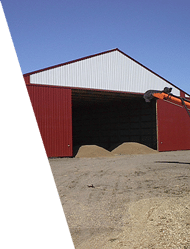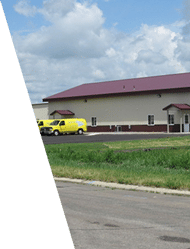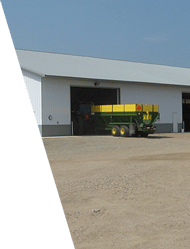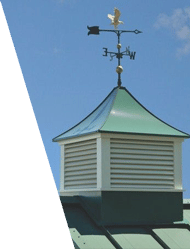More Storage Capacity and Space
Has your farming operation outgrown the storage capacity of your current machine shed? Do you need more space for your vehicles, ATV, camper, boat, or other personal belongings?
It doesn't matter if you’re planning for a new garage, cold storage building, commercial building, or heated shop, Grizzly will make your new building project a reality from design to completion.
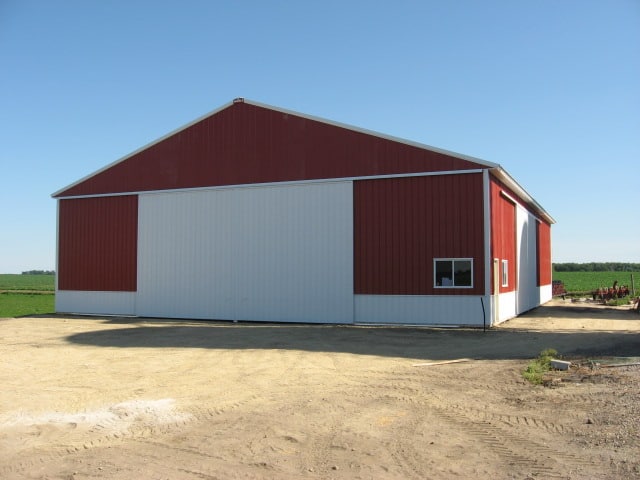
Which Type of Door is Best for Your Post Frame Building?
Let’s think about how your building will be utilized and then ask yourself the following questions:
- What will the building be used for?
- What is the size of the equipment that must pass through the doors?
- How often will I be accessing what’s inside the building?
- What are the weather conditions in my area: Will snow, ice, or wind be a factor?
Sliding Doors
Sliding doors, often called “sliders,” are generally used on cold storage buildings. They work well if you don’t plan on frequently moving your equipment in and out of your building. But keep in mind, you’ll also be latching and unlatching your door each time you open and close it, which might be inconvenient for some people.
If you don’t think you’ll be opening and closing your doors in the frigid winter months, and you want to stay within a budget, this is an ideal option for you.

Pros
- Allow for wider openings
- Full use of building clearance height
- Budget-friendly ~ more door for your money
- Matching steel colors
- Durability
Cons
- Outside tracks could be affected by snow or icy conditions
- Greater energy loss
- No remote control access
- Less security
Overhead Doors
Overhead doors are a good option if you plan on accessing what’s in your building every day. One of the conveniences that come with these doors is the ability to open them with a garage door opener.
These doors are similar to a regular garage door, but are often taller and/or wider to allow for larger pieces of equipment. Overhead door sizes for a post frame building tend to be smaller than sliders or hydraulic doors, but are still plenty big for most uses.
Overhead doors require 2 feet of headroom for operation, so you’ll need to factor that in when planning your building height.
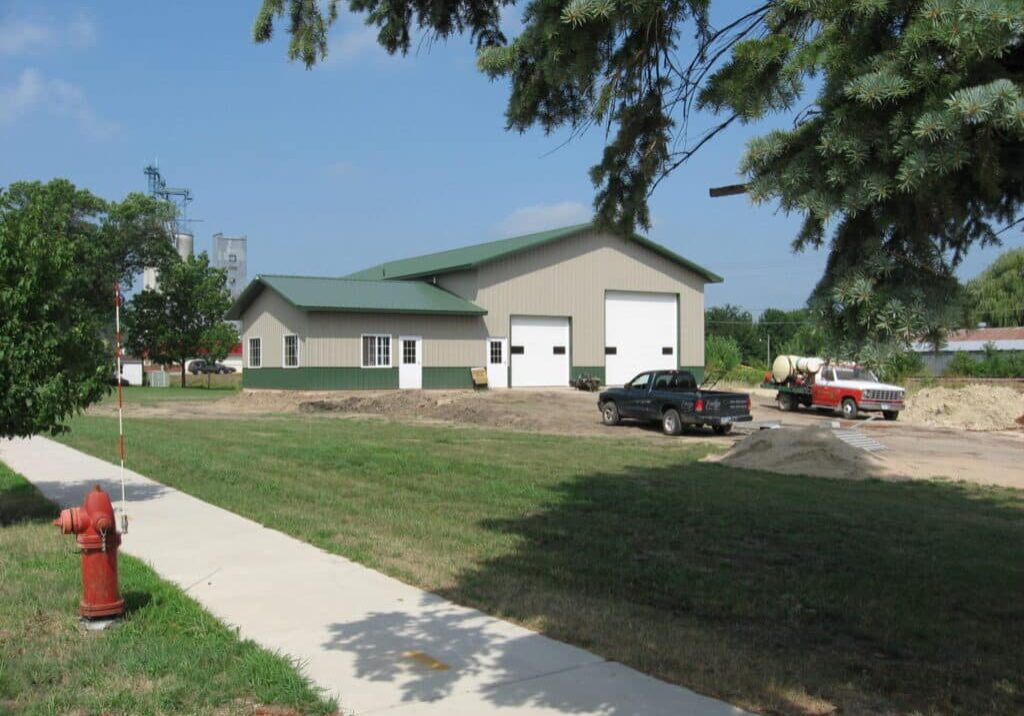
Pros
- Can be insulated against heat loss/gain
- Weather-resistance and tighter seal = better temperature control and moisture prevention
- Better performance under snowy and icy conditions
- Automatic controls
- Ability to add windows
- Security
Cons
- Generally more expensive than a sliding door
- Less width
- Height of the building must be at least 2 feet greater than the door height
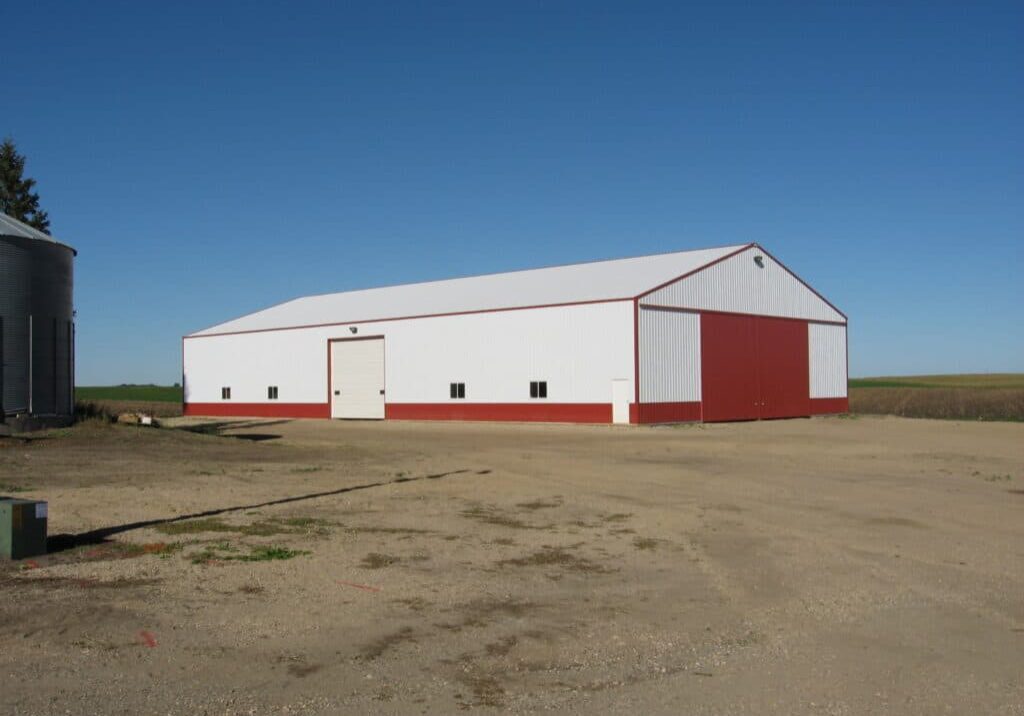
Combination of Sliding and Overhead Doors
For those customers who want a multi-purpose building, it’s possible to have sliding doors on the cold storage side and overhead doors on the heated side.
Hydraulic Doors
Hydraulic doors are large and sturdy, with a hydraulic system that is specifically designed to more easily and efficiently control doors that are much larger than the other door choices. They’re hinged at the top, and open through hydraulic arms attached to each of the columns, which lift the door straight out and up.
Large-scale farming operations and commercial businesses most often benefit from the use of hydraulic doors.
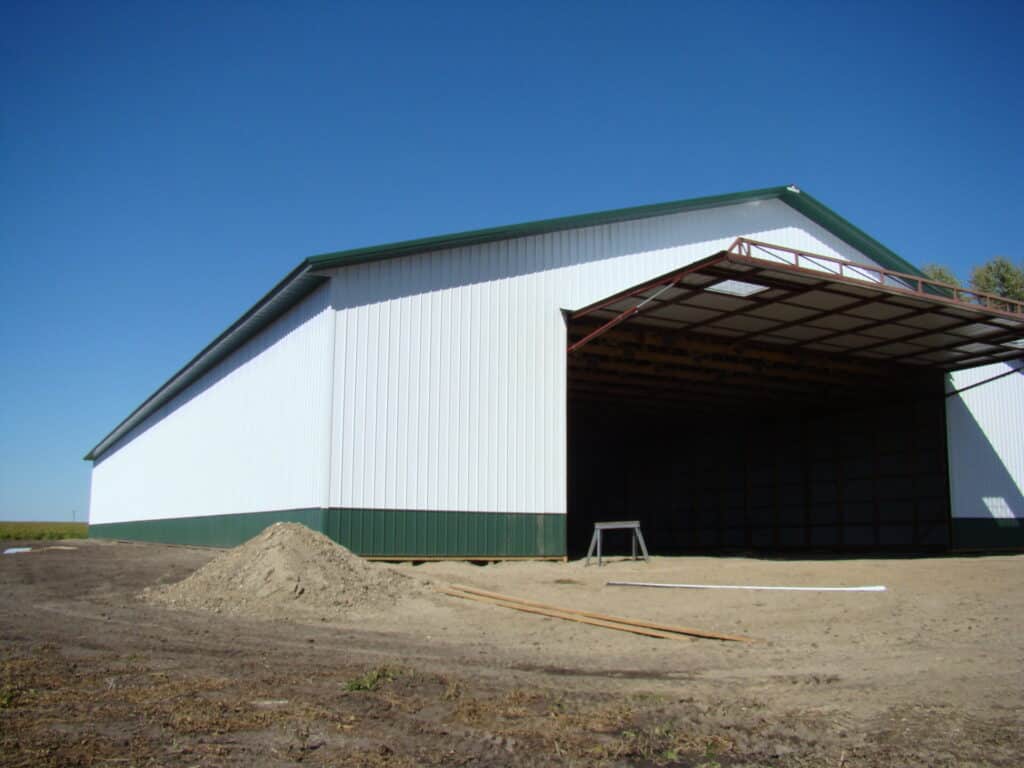
Pros
- Same insulation and weather-resistance properties as an overhead door
- No need to expand the height of your building
- Will span large widths
- Ability to add windows
Cons
- More expensive than the other door options
- Vehicles or equipment could be damaged if parked directly in front of the door when it’s opened
Start your project today!
Our knowledgeable staff is ready to assist you with any of your hardware or building needs.

